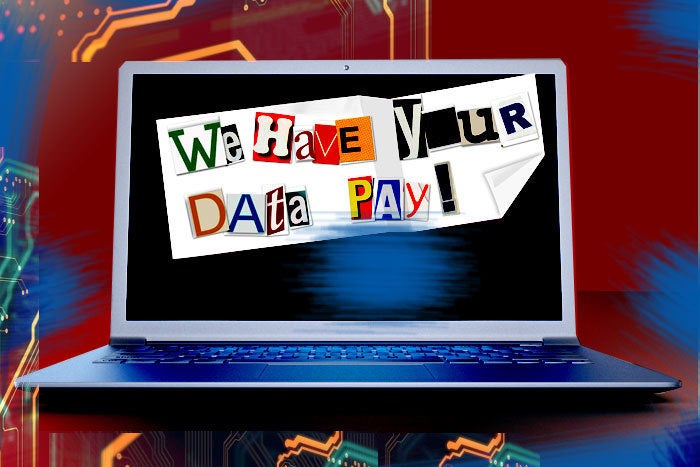
Ransomware attacks are becoming more rampant now that criminals have learned they are an effective way to make money in a short amount of time. Attackers do not even need any programming skills to launch an attack because they can obtain code that is shared among the many hacker communities. There are even services that will collect the ransom via Bitcoin on behalf of the attackers and just require them to pay a commission. This all makes it more difficult for the authorities to identify an attacker.
Many small and medium-size businesses pay ransoms because they do not backup their data and do not have any other options available to recover their data. They sometimes face the decision of either paying the ransom or being forced out of business. Also, hospitals that do not back up all their critical patient data and are not able to retrieve it in a timely manner will immediately pay the ransom because it is critical to access records of patients who require immediate care. It can become a life-or-death situation for someone in intensive care.
According to SonicWall, there were around 638 million attempted ransomware attacks in 2016 vs. 3.8 million in 2015. Companies give millions of dollars to attackers each year, and that number continues to increase.
To prevent from becoming a ransomware victim, organizations need to protect their network now and prioritize resources. These attacks will only continue to grow, and no organization wants to be displayed by the media as being forced to pay a ransom. If you are forced to pay, customers can lose trust in your organization’s ability to secure their personal data and the company can see decreases in revenue and profit.
